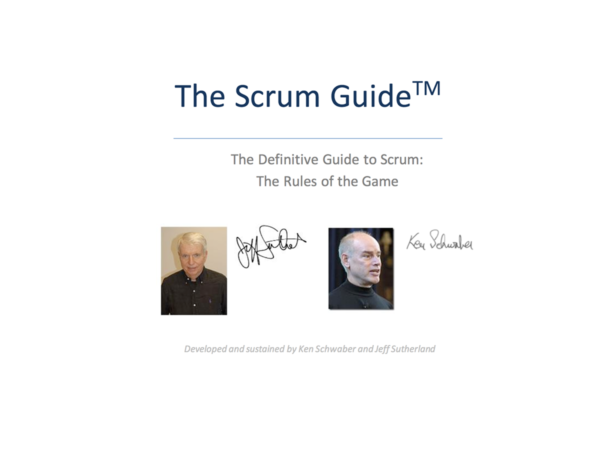
The Product Backlog is an ordered list of everything that might be needed in the product and is the single source of requirements for any changes to be made to the product. The Product Owner is responsible for the Product Backlog, including its content, availability, and ordering.
A Product Backlog is never complete. The earliest development of it only lays out the initially known and best-understood requirements. The Product Backlog evolves as the product and the environment in which it will be used evolves. The Product Backlog is dynamic; it constantly changes to identify what the product needs to be appropriate, competitive, and useful. As long as a product exists, its Product Backlog also exists.
The Product Backlog lists all features, functions, requirements, enhancements, and fixes that constitute the changes to be made to the product in future releases. Product Backlog items have the attributes of a description, order, estimate and value.
As a product is used and gains value, and the marketplace provides feedback, the Product Backlog becomes a larger and more exhaustive list. Requirements never stop changing, so a Product Backlog is a living artifact. Changes in business requirements, market conditions, or technology may cause changes in the Product Backlog.
Multiple Scrum Teams often work together on the same product. One Product Backlog is used to describe the upcoming work on the product. A Product Backlog attribute that groups items may then be employed.
Product Backlog refinement is the act of adding detail, estimates, and order to items in the Product Backlog. This is an ongoing process in which the Product Owner and the Development Team collaborate on the details of Product Backlog items. During Product Backlog refinement, items are reviewed and revised. The Scrum Team decides how and when refinement is done. Refinement usually consumes no more than 10% of the capacity of the Development Team. However, Product Backlog items can be updated at any time by the Product Owner or at the Product Owner’s discretion.
Higher ordered Product Backlog items are usually clearer and more detailed than lower ordered ones. More precise estimates are made based on the greater clarity and increased detail; the lower the order, the less detail. Product Backlog items that will occupy the Development Team for the upcoming Sprint are refined so that any one item can reasonably be “Done” within the Sprint time-box. Product Backlog items that can be “Done” by the Development Team within one Sprint are deemed “Ready” for selection in a Sprint Planning. Product Backlog items usually acquire this degree of transparency through the above described refining activities.
The Development Team is responsible for all estimates. The Product Owner may influence the Development Team by helping it understand and select trade-offs, but the people who will perform the work make the final estimate.
The Scrum Guide is the official Scrum Body of Knowledge. It was written by Ken Schwaber and Jeff Sutherland, co-creators of Scrum. To access the full guide please visit it scrumguides.org